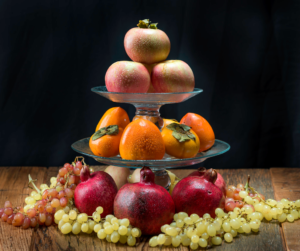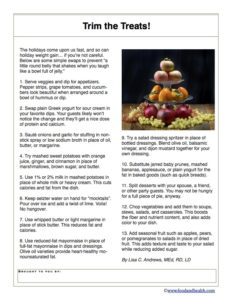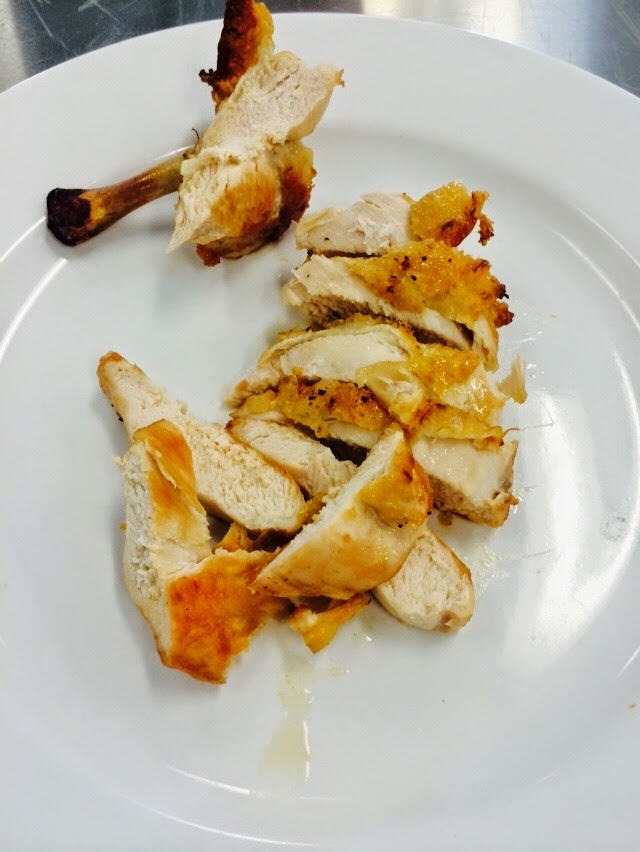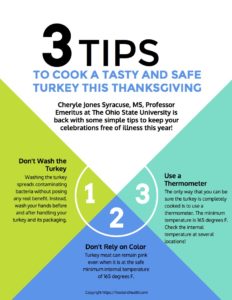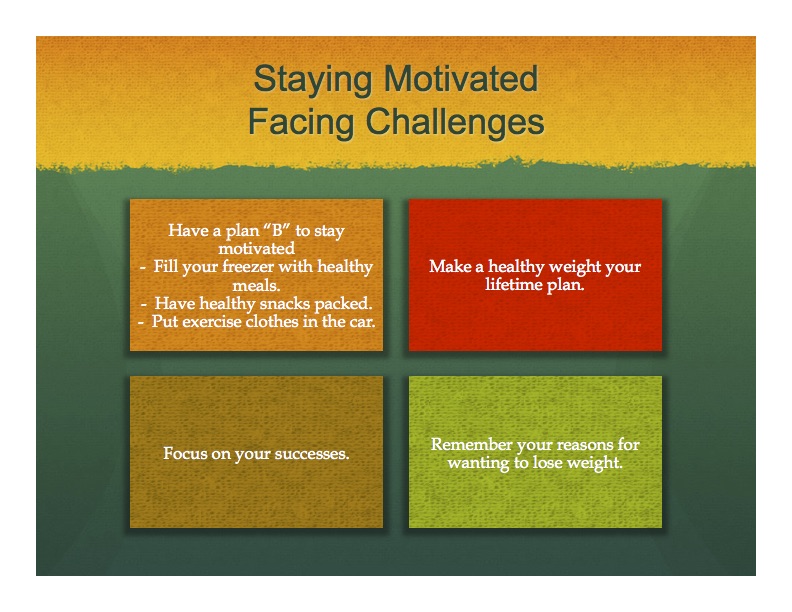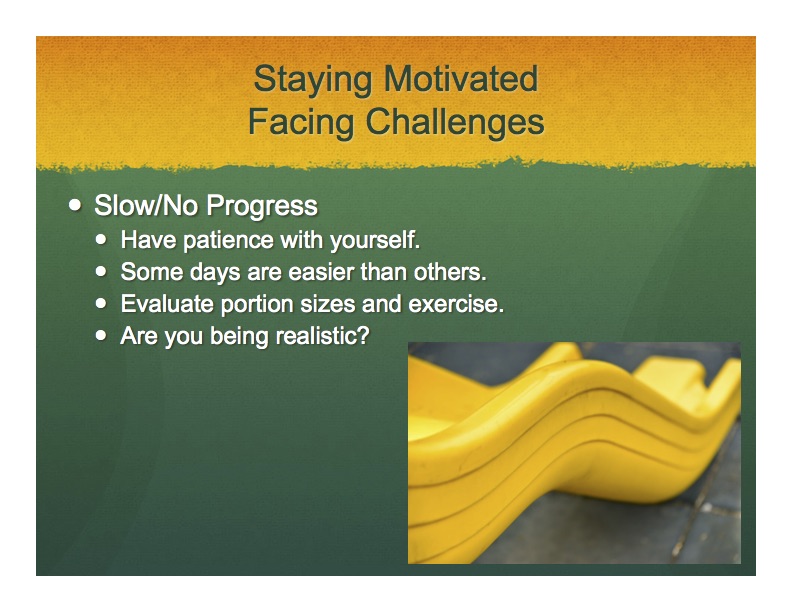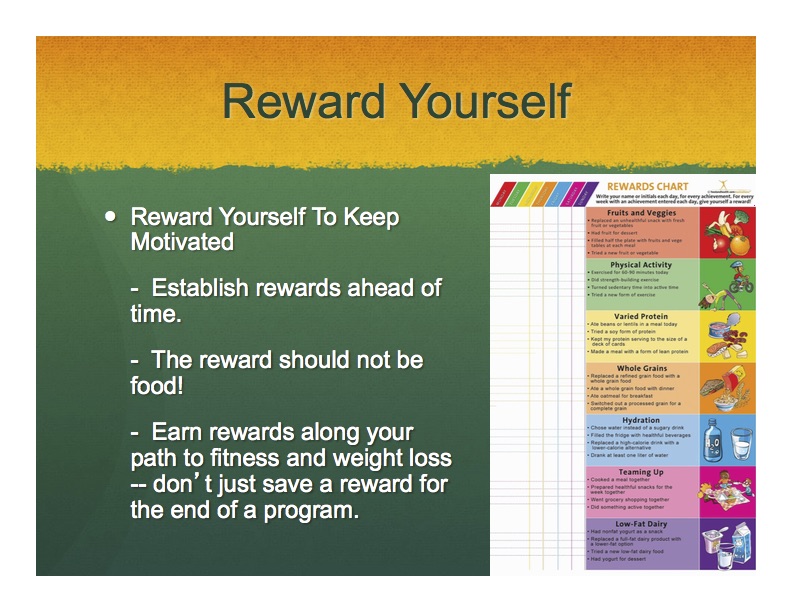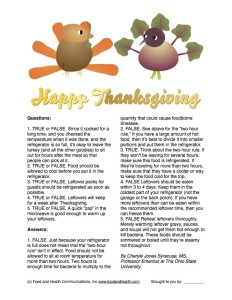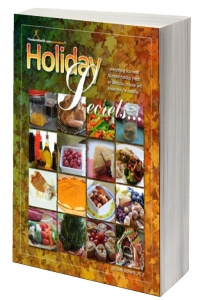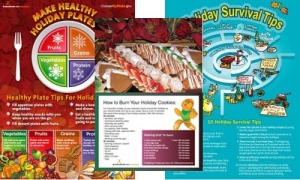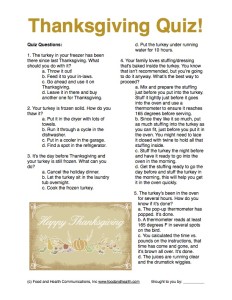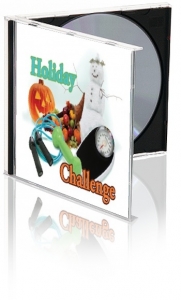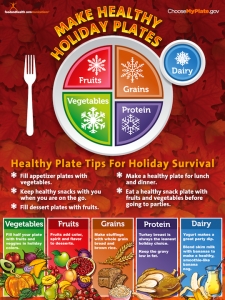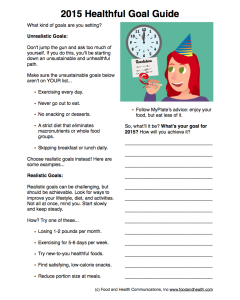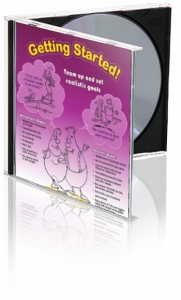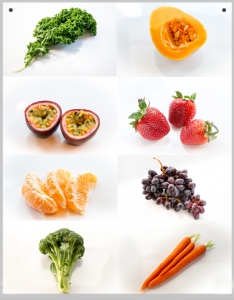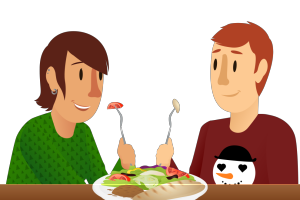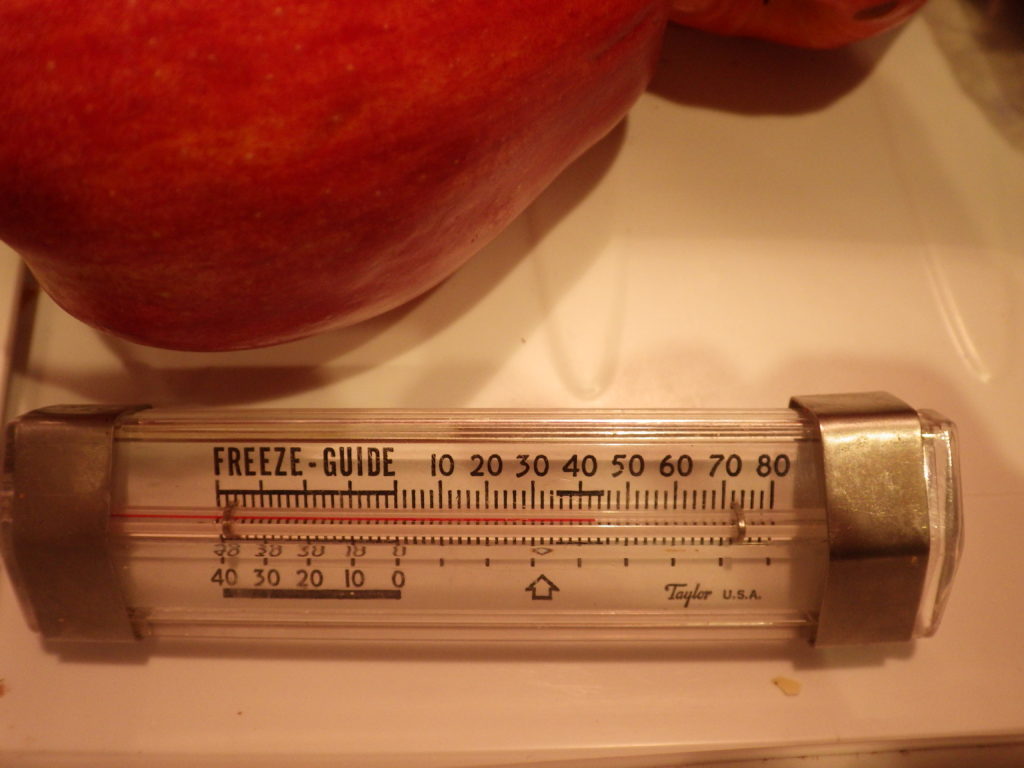
Everywhere you look this time of year, someone is suggesting a resolution (or two or three) that you should keep. I’m going to chime in on this, too, with four really simple things that you can do to help keep your family healthy.
- Invest in a good tip-sensitive digital-read food thermometer and use it! Cooking food to the recommended minimum internal temperature is the only sure way to destroy bacteria that can cause foodborne illnesses such as salmonella and E. coli.
- Buy a couple of refrigerator and freezer thermometers and put them to use. Monitor these temperatures frequently. Your refrigerator should be below 40 degrees F and the freezer should be close to zero degrees F. These are also great tools to have in place when determining the safety of foods after a power outage. Proper refrigerator and freezer temps can extend the time food can be kept. Recommended leftover storage is 4 days at 40 degrees or below.
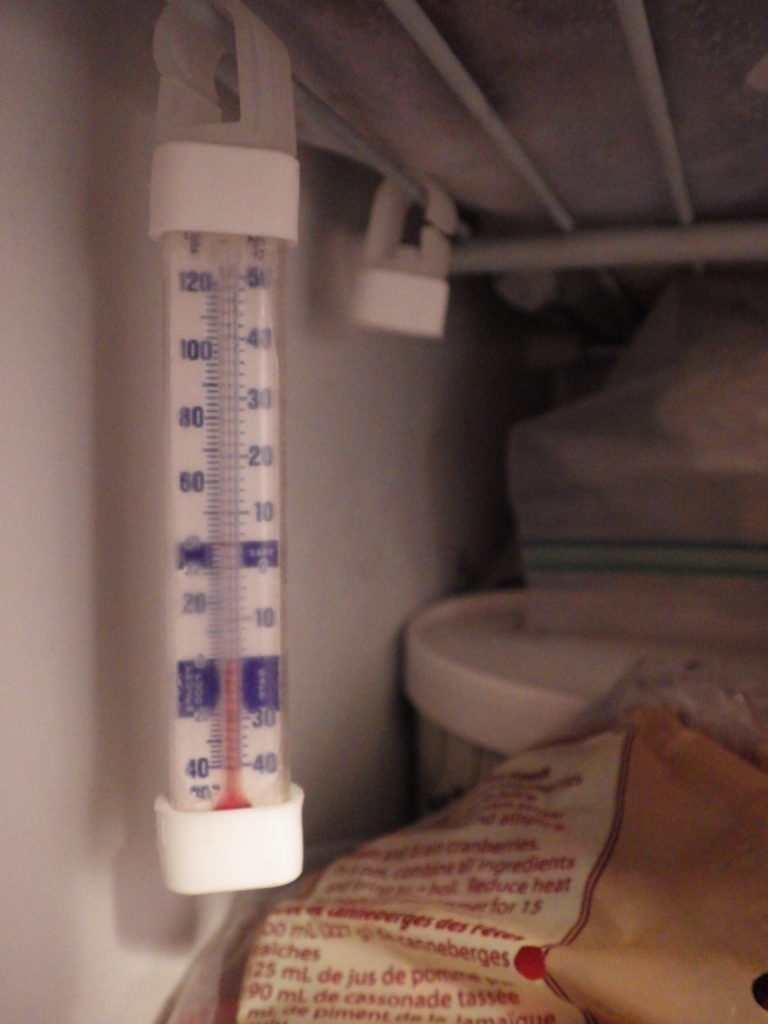
- Get yourself several dishwasher-safe plastic cutting boards. Designating specific colors for different foods (such as yellow for raw chicken and green for fresh veggies) can help prevent cross-contamination. Change mats frequently during food prep and wash them thoroughly in the dishwasher.
- Wash your hands frequently and encourage your family to do it, too! You probably don’t need to be reminded to wash after using the restroom, but also think about washing before cooking, before eating (even in a restaurant), after blowing your nose or sneezing and especially after changing diapers. Be extra diligent with handwashing when you are living with someone who is ill or in a confined area with a large group of people, such as a cruise ship or college dorm. Handwashing is the best way to prevent the transfer of norovirus.
Best wishes for a happy and food safe new year!
By Cheryle Jones Syracuse, MS, Professor Emeritus at The Ohio State University
Here’s a free printable handout that features these resolutions. How will you use your copy?
And here are some other useful tools from the Nutrition Education Store!






